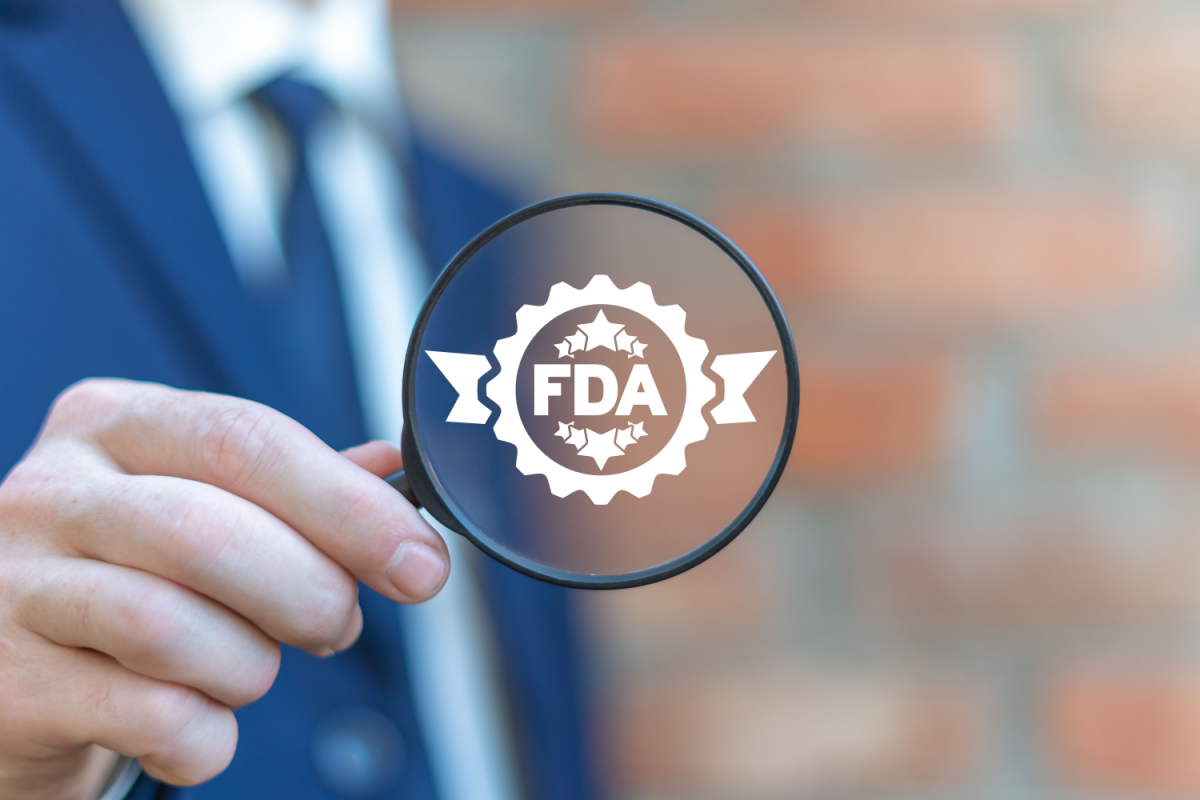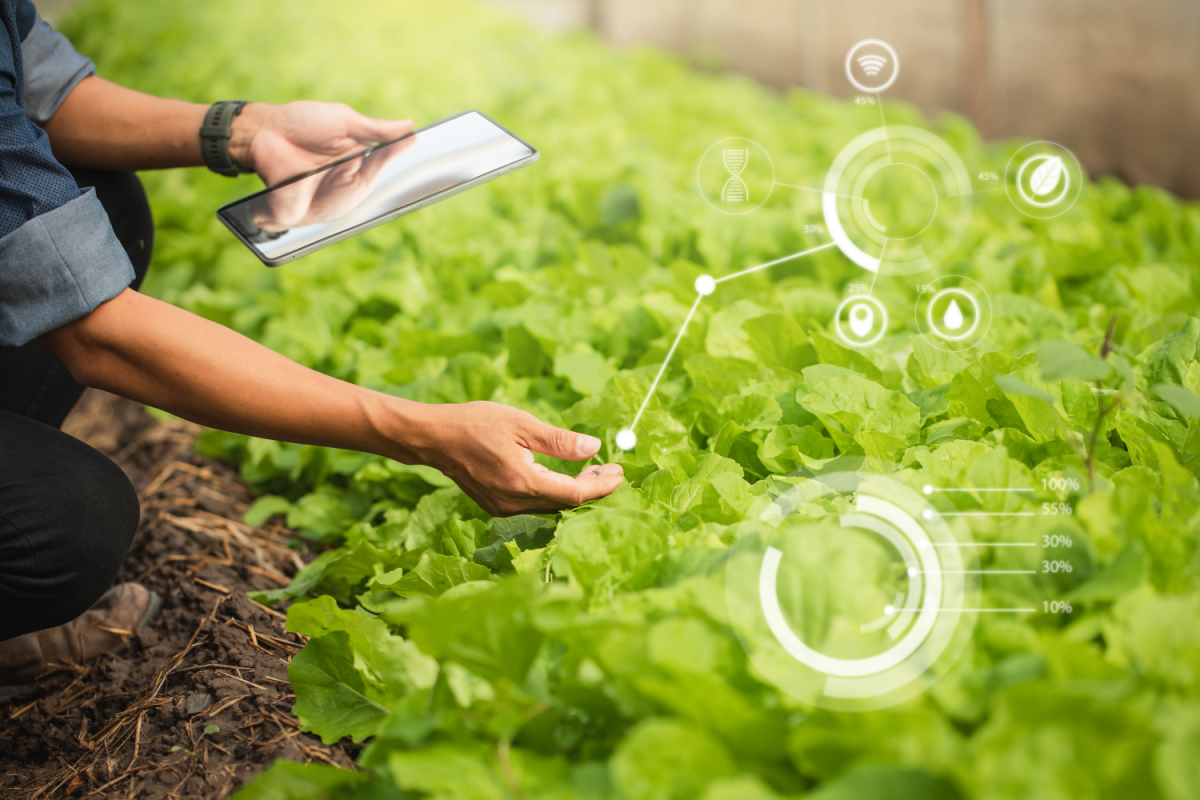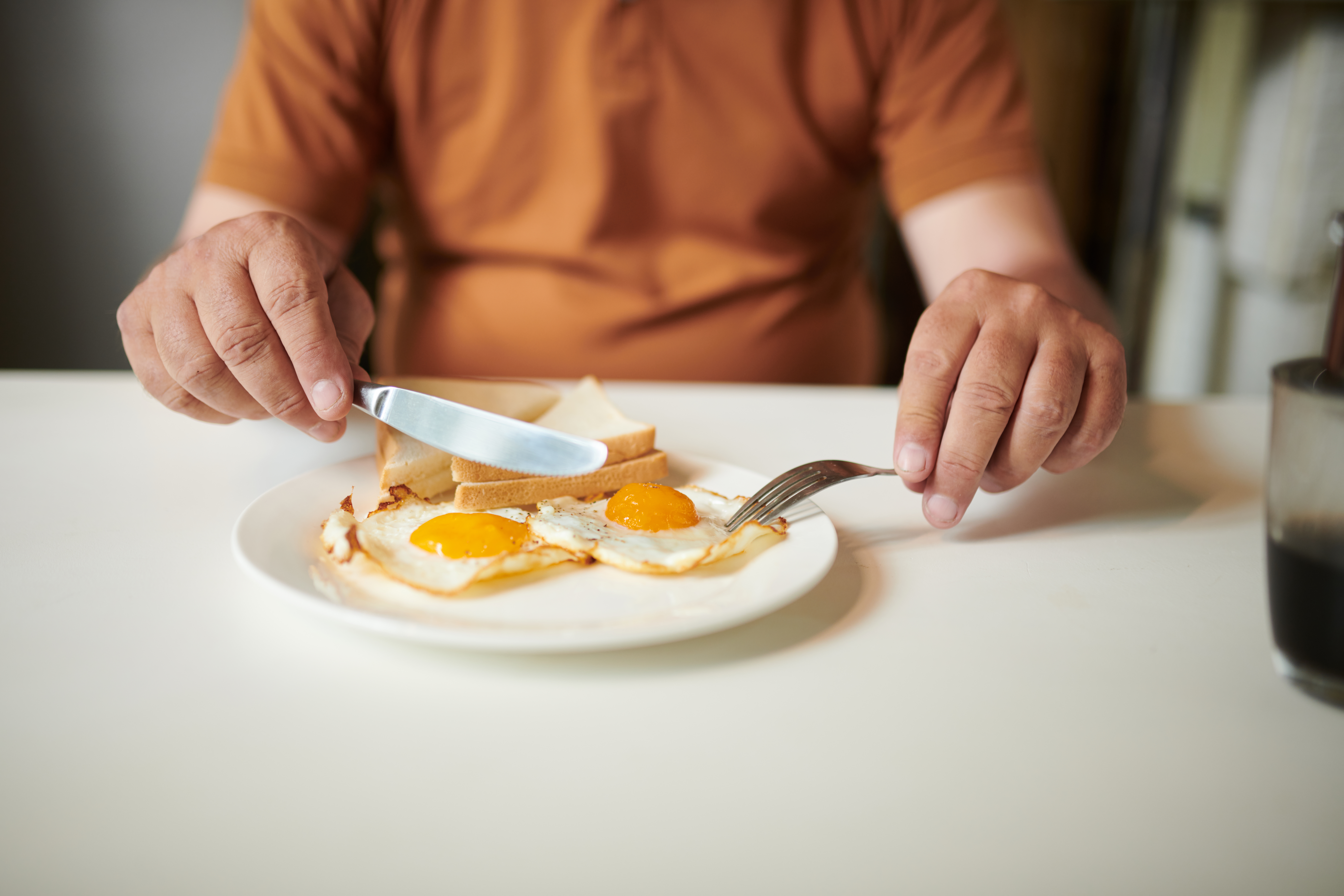In-store food sampling is a key marketing tactic that virtually disappeared during the height of the COVID-19 pandemic. There was simply no time to try new food and beverage items, nor would public safety protocols allow for it. But now that restrictions are loosening, more and more retail settings are offering food samples once again — an encouraging sign for smaller brands that rely on it to get its products into the hands of consumers.
Much like all things pre-pandemic, food sampling took a hit throughout most of 2020 and into 2021. And while the Centers for Disease Control and Prevention (CDC) maintains that, “there is no evidence to support transmission of COVID-19 associated with food,” samples were still largely nixed as a precautionary measure. This was disappointing for consumers, but even worse for small and emerging brands.
Take Sol Cacao, a small chocolate company founded by brothers Daniel, Dominic and Nicholas Maloney. Pre-pandemic, Daniel Maloney could be found working sample booths at food markets around New York City, telling consumers about the brand’s rich history and commitment to ethical farming. But without food sampling, consumers may not be able to justify the $6 price tag, let alone be aware of the brand.
For Sol Cacao and other small businesses, food sampling provides exposure and helps them build a customer base. It also allows them to differentiate their products from thousands of competitors and educate consumers on the brand’s unique features. Without it, small businesses took a hit. But not all businesses suffered without traditional sampling.
Related: Are Food Suppliers and Retailers Ready for the Post-Pandemic Future of Work?
Instead of pursuing its initial plan to infiltrate workplaces to promote its non-alcoholic beer, Heineken pivoted to drive-in movie theatres, in-home promotions and meal kits to build awareness of the new beverage, Heineken 0.0. Sampling has been a priority for the beer making since its launch, with 30 percent of consumers becoming repeat buyers of Heineken 0.0.
In the same vein, Mid-Day Squares, a three-year-old Canadian chocolate company, also got creative and rethought how it went about undertaking the decades-old practice of sampling. Previously, the brand cut up one of its plant-based, protein-rich bars into four pieces to hand out through an in-store display. But when the pandemic hit, the brand saw the opportunity to partner with local hospitals.
“We actually reached out to the hospitals, hospitals reached out to us and they actually wanted to work with us to help us in business,” said Jake Karls, co-founder of Mid-Day Squares. “Them paying for the bars at cost allowed us to continuously manufacture, which allowed us to keep going and keep our team in stock.”
While the bars were not given out to patients, they were given to most hospital workers, from security to nurses, to doctors and administrative staff. Karls said the brand distributed between 20,000 to 50,000 bars to hospital staff at the height of the pandemic. Since its traditional route of offering samples was not viable, the brand turned to word-of-mouth marketing from healthcare workers — and it worked.
Many larger brands also turned to e-commerce and online grocery sales to distribute samples. For example, when Campbell Soup debuted its new Twisted Pretzel Sticks, the company had to rethink how it would market the product, with sampling being a major aspect of its marketing tactics in the past. Instead of pop-up events like in-store booths, it distributed many of the more than one million bags to consumers who ordered online or picked up grocery orders in-store.
However, many retailers haven’t given up on the classic in-store food sampling method, especially brands like Costco and Sam’s Club that have become synonymous with sampling. In May, Costco said in an investors call that it planned to bring back full sampling at most of its roughly 550 locations by the end of June. Similarly, in early June, Sam’s Club said in a press release that sampling would return after a 14-month hiatus.
Retailers and brands are hopeful that food sampling is here to stay, but the future will likely include a blend of traditional in-store approaches coupled with newer initiatives like e-commerce and direct-to-consumer (DTC) shipments. The pandemic has not only changed how people shop, but also forced retailers and brands to re-examine how they reach consumers when it comes to food sampling.












Join or login to leave a comment
JOIN LOGIN